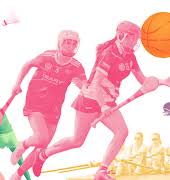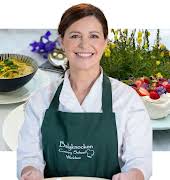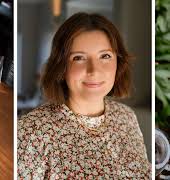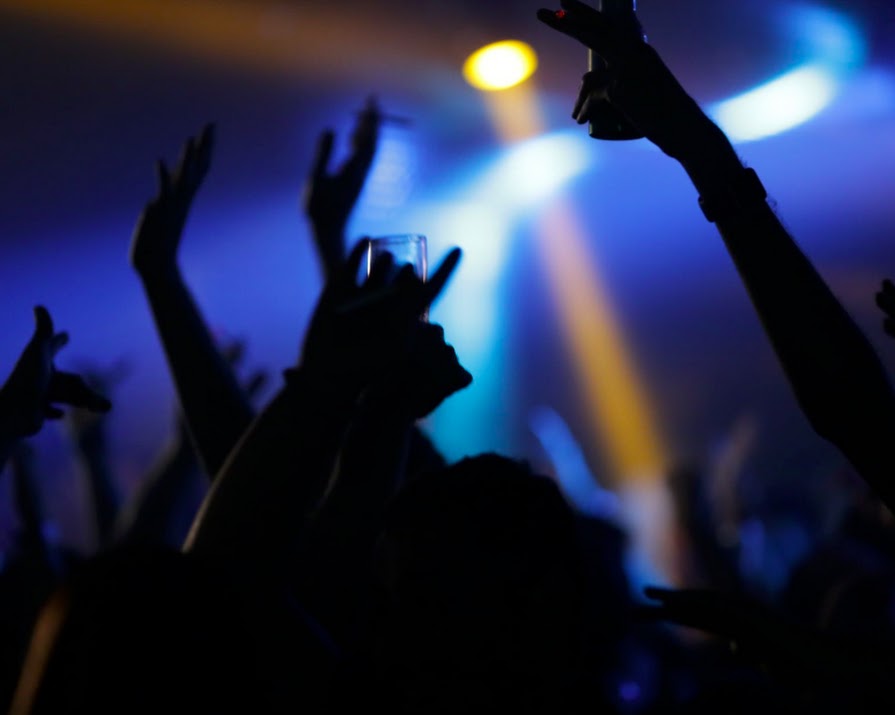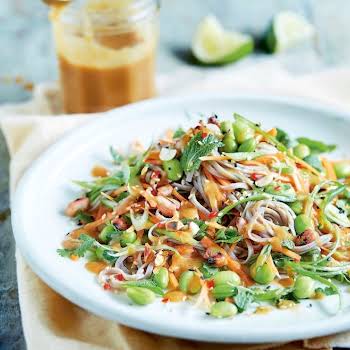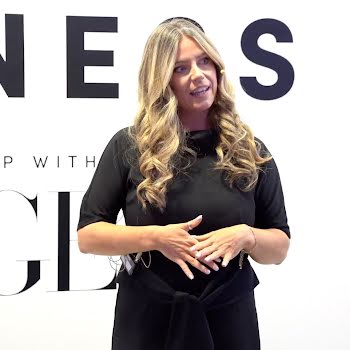
By Amanda Cassidy
07th Jun 2019
07th Jun 2019
A new report has warned that buying cocaine is now as easy as ordering an Uber. Record numbers across Europe are now using the class A drug with Ireland’s crack cocaine use on the rise. But how has cocaine managed to hang on to its champagne image? Amanda Cassidy reports.
“In a culture obsessed with celebrity, the fact that cocaine makes you feel rich and beautiful – it is the perfect drug for our times.” Dominic Streatfield is the author of ‘Cocaine: An Unauthorised Biography‘. He believes that the reason cocaine use has shot up in recent years is as a result of the dangerous glamour associated with it.
“When coke spiked in the 1960s and 70s, it was very exclusive. It was so expensive that you couldn’t afford to play unless you were very rich. It was the age of the superstar, and if you wanted to emulate a superstar, you would take it. The availability has gone up in the last 20 years while the quality has gone down, so it certainly should have become less desirable, but I suspect it has not because of the way it’s reported in the media. You only ever hear about cocaine when a celebrity gets caught with it [or are accused of taking it] – and we live in an age that’s obsessed with celebrity. It is posh, rich, beautiful people having fun with it. If they don’t get into trouble, neither will we.”
Back to 2007 levels
It took the very unglamorous death of Irish model, Katie French, as a result of cocaine use for the Irish population to really pay attention. Now, 12 years after her death, cocaine use is on the rise again. Those working in treatment centres say they haven’t seen such a spike in cocaine addiction since the Celtic Tiger days.
Related: Is sugar as bad as taking drugs?
Today, a report published by the European Monitoring Centre for Drugs and Drug Addiction in Brussels now points out that the growth of large-volume trafficking using shipping containers is a ‘major challenge’. Ireland is now one of six countries where crack cocaine is on the rise. The report says that the rise in trafficking on social media, darknet markets and cocaine “call centres”, where dealers deliver quickly to users who order online, are creating a “potential ‘Uberisation'” of the drugs trade.
Of 12 countries with regular estimates of high-risk opioid use between 2008 and 2017, Ireland showed a significant increase.
It is estimated that 8% of the population in Ireland is now trying the white powder. That figure rises among young people – to 11%. However, it is believed that those figures are at the conservative end of the scale.
Comeback
“It is definitely easier to get. If you even try to look, you’ll find it, fast.”

“It is everywhere”
We spoke to Tom about how prevalent cocaine is amongst his friends. He is 32, single and works full-time in an office in Dublin city centre. He’s the only one of his friends who doesn’t use cocaine and says it can be quite divisive. “It is just so normal now to see the lads nip out to the toilets at a club or party. They would have no qualms about even doing it at weddings. I’ve noticed they do it more openly now, but I’m not sure if that’s the stage we are at in our lives, or if it’s because everyone has more cash. It is definitely easier to get. If you even try to look, you’ll find it, fast.”
So what’s so great about cocaine anyway? One of the main attractions is that it is considered an acceptable middle-class drug. It is consumed quickly and easily, often in a social setting. It doesn’t appear initially to have many side-effects that others can observe.
It is easily available and people talk about how it helped with their social insecurity, gives them a confidence boost, a buzz and helps with energy levels. One blogger told Gawker, “It’s that feeling like you’re in something someone is going to make a coffee table book about.” Another said the “inflated sense of importance” was part of the allure.
Related: What your gut is telling you about your mental health
Dependency
But this is a highly addictive drug that can spiral from an infrequent social bump to a dependency or overdose surprisingly quickly. Cocaine can cause elevated blood pressure, stroke, heart attack – particularly in those with a pre-disposition. If you combine it with alcohol, as many do, it increases its toxicity in the liver.
But it seems that these dangerous effects are dwarfed by the drug’s often glorified image. Dr Herbert Kleber is the director of the division of substance abuse at the NYSI. He believes that the absence of cautionary tales has led to the assumption that coke isn’t as harmful as something like heroin or meth.
“There seems to be less of a stigma about cocaine. People don’t feel nearly as much the need to hide it. They feel that they can use it in a more open fashion. If you’re a 19-year-old and you go out and party and you’re offered meth, you say no because you’ve heard these bad things. But if you’re offered coke, you say yes because you assume it’s safe.”

Perception of glamour
“A quarter of heart attacks in those aged under 45 are prompted by cocaine”
The glorification of drug use is all around us, in music (The Weeknd, Abel Tesfaye’s nods to narcotic use include ‘I can’t feel my face’) in movies (Blow, Scarface, Miami Vice) and across the showbiz world. Those who have gone public about their cocaine usage include supermodels and film, rock and TV stars such as Lady Gaga, Elton John, David Bowie and Naomi Campbell (who said it made her feel ‘invincible’).
But what you don’t hear about so often is the struggle of addiction, the lows, the destruction of families and the wider, harrowing implications of doing a bit of “sneachta bán”.
Few would also be aware that a quarter of heart attacks in those aged under 45 are prompted by cocaine, or that regular use of the drug makes them seven times more likely to have a heart attack in later life. The glamour is further dulled when it is pointed out that coke taken by the average user in Ireland is likely to be 90% cocaine-free (despite what you are told).
As the convenience of drugs such as cocaine and synthetic drugs seep further into our lives, it is worth remembering the very real connection this drug has to gangland shootings, drug smuggling and heartbroken families. It is an uncomfortable truth that is conveniently forgotten as one does a quick bump on a night out in the toilets.
Image: Pexels.com
Read more: How one speech brought feminism to the masses
Read more: 10 must-watch TED talks on modern feminism

